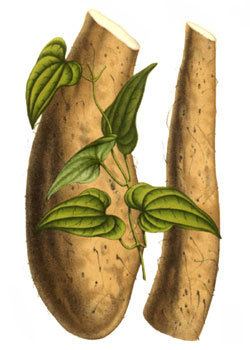Scientific name Dioscorea Rank Genus | Family Dioscoreaceae Higher classification Dioscoreaceae Order Dioscoreales | |
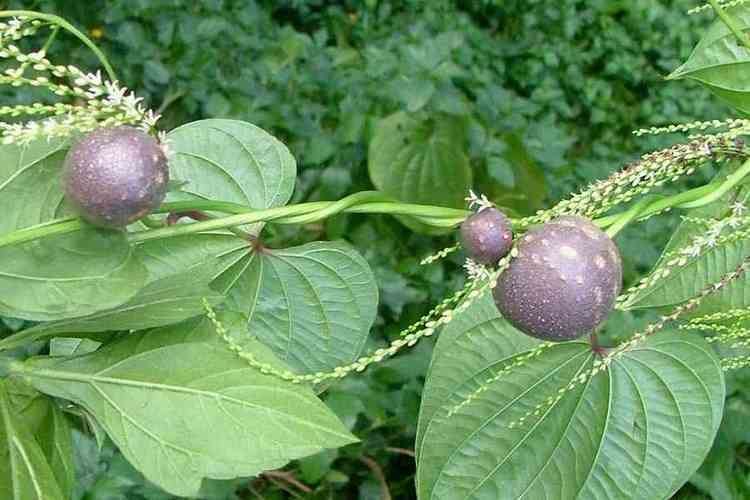 | ||
Lower classifications | ||
Plant portrait wild yam dioscorea villosa
Dioscorea is a genus of over 600 species of flowering plants in the family Dioscoreaceae, native throughout the tropical and warm temperate regions of the world. The vast majority of the species are tropical, with only a few species extending into temperate climates. It is named after the ancient Greek physician and botanist Dioscorides.
Contents
- Plant portrait wild yam dioscorea villosa
- How to propagate true yams dioscorea alata a second harvest
- Description
- Cultivation and uses
- Accepted species 613 subspecies and varieties
- References

How to propagate true yams dioscorea alata a second harvest
Description
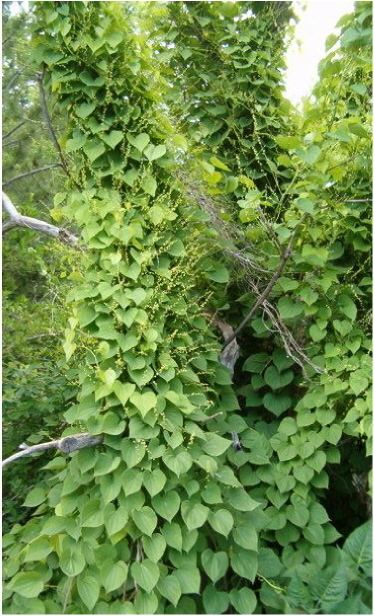
They are tuberous herbaceous perennial lianas, growing to 2–12 m or more tall. The leaves are spirally arranged, mostly broad heart-shaped. The flowers are individually inconspicuous, greenish-yellow, with six petals; they are mostly dioecious, with separate male and female plants, though a few species are monoecious, with male and female flowers on the same plant. The fruit is a capsule in most species, a soft berry in a few species.
Cultivation and uses
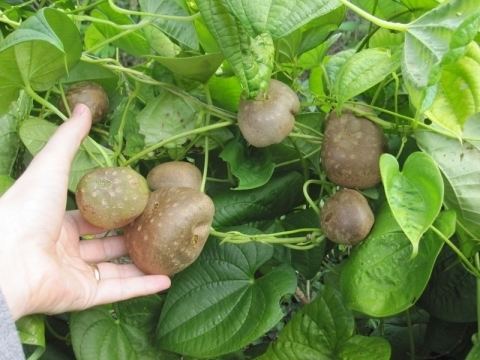
Several species, known as yams, are important agricultural crops in tropical regions, grown for their large tubers. Many of these are toxic when fresh, but can be detoxified and eaten, and are particularly important in parts of Africa, Asia, and Oceania (see yam article).
One class of toxins found in many species is steroidal saponins, which can be converted through a series of chemical reactions into steroid hormones for use in medicine and as contraceptives.
Accepted species (613), subspecies, and varieties
The genus includes the following species and subspecies:
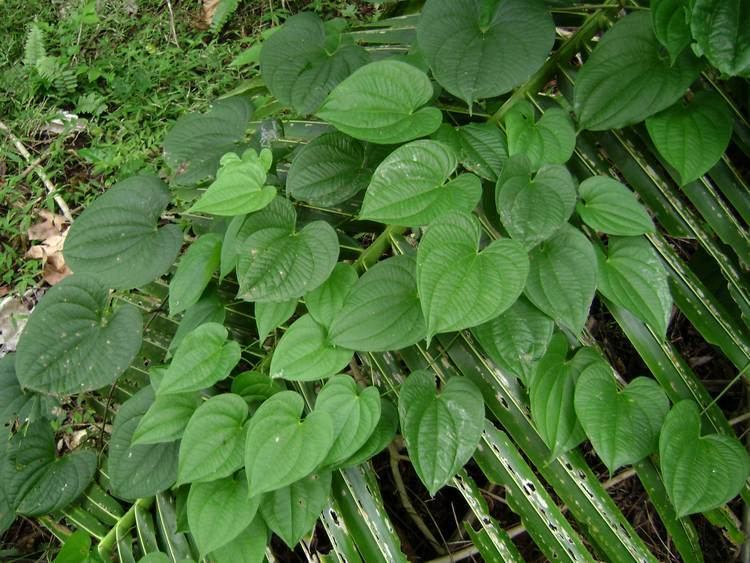
The closely related genus Tamus is included in Dioscorea by some sources, but is maintained as distinct by others. For Dioscorea communis (L.) Caddick & Wilkin, see Tamus communis.
